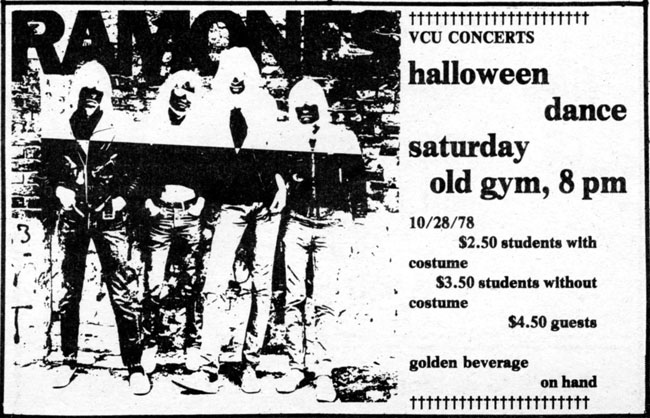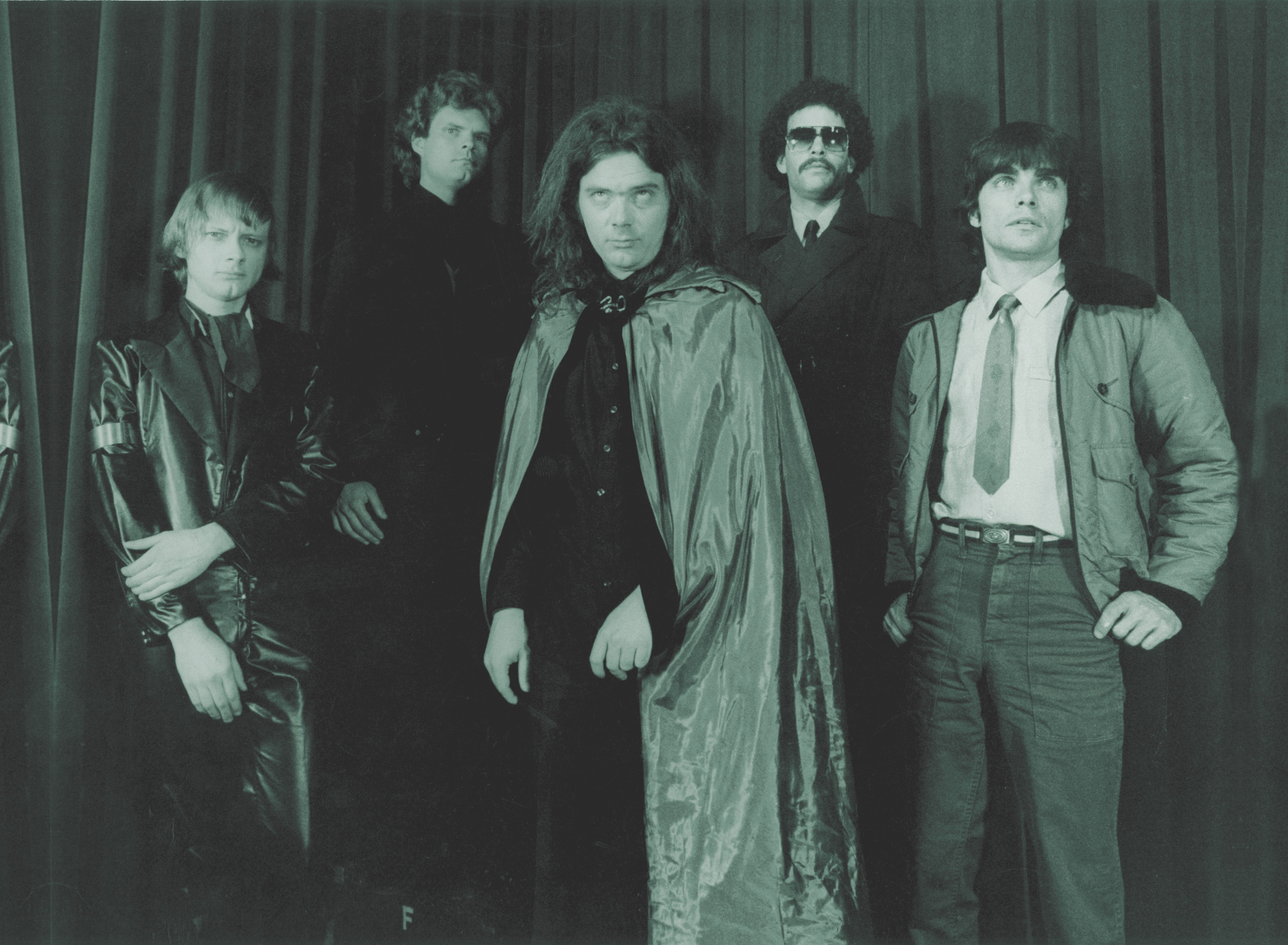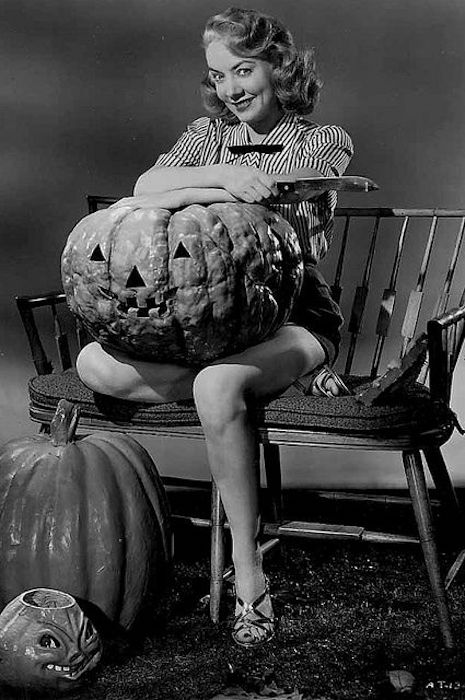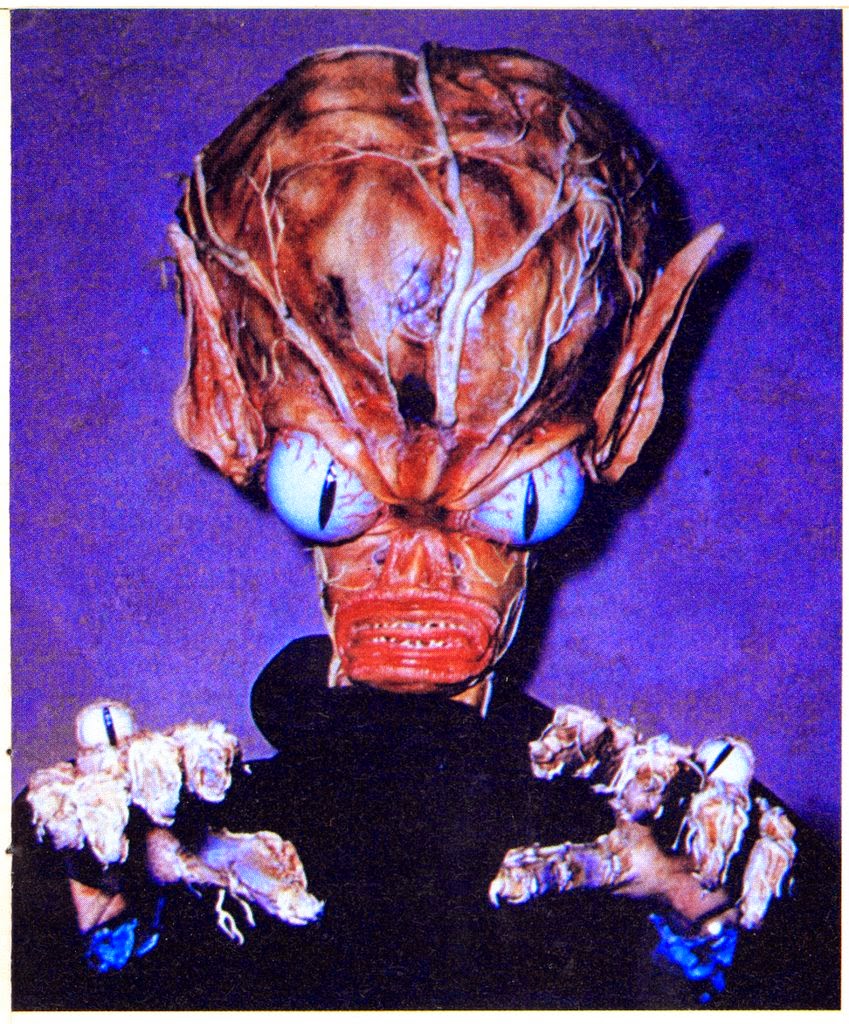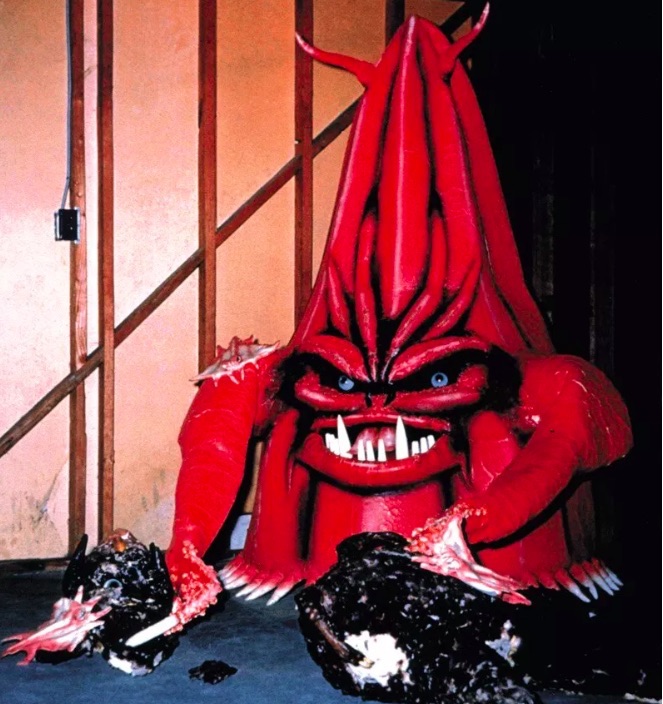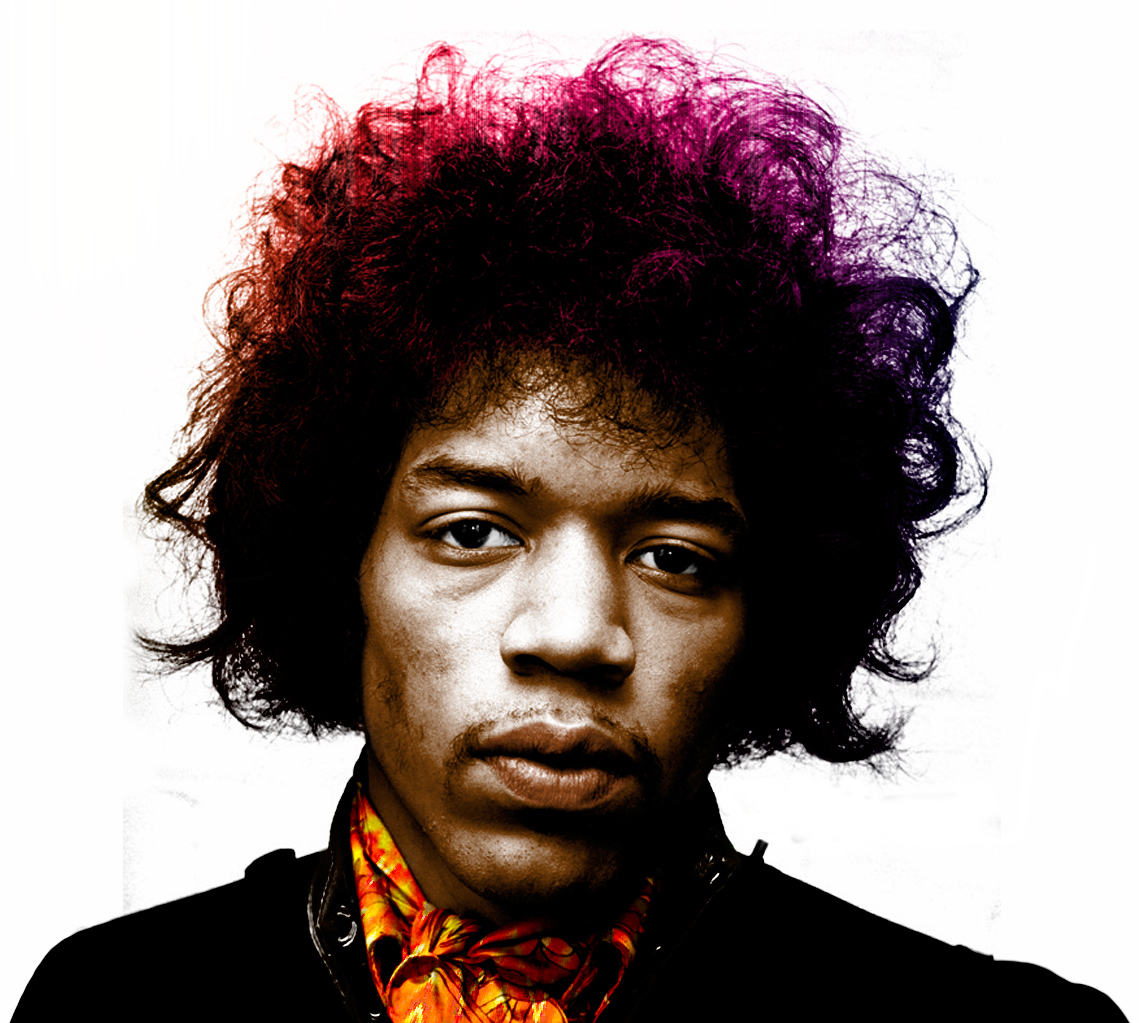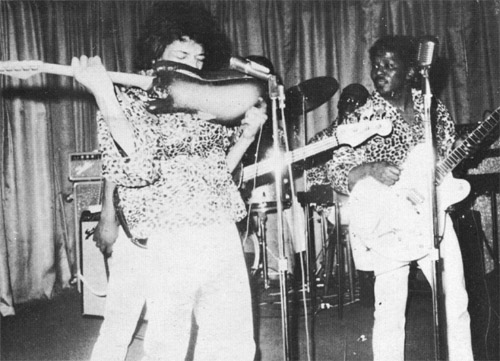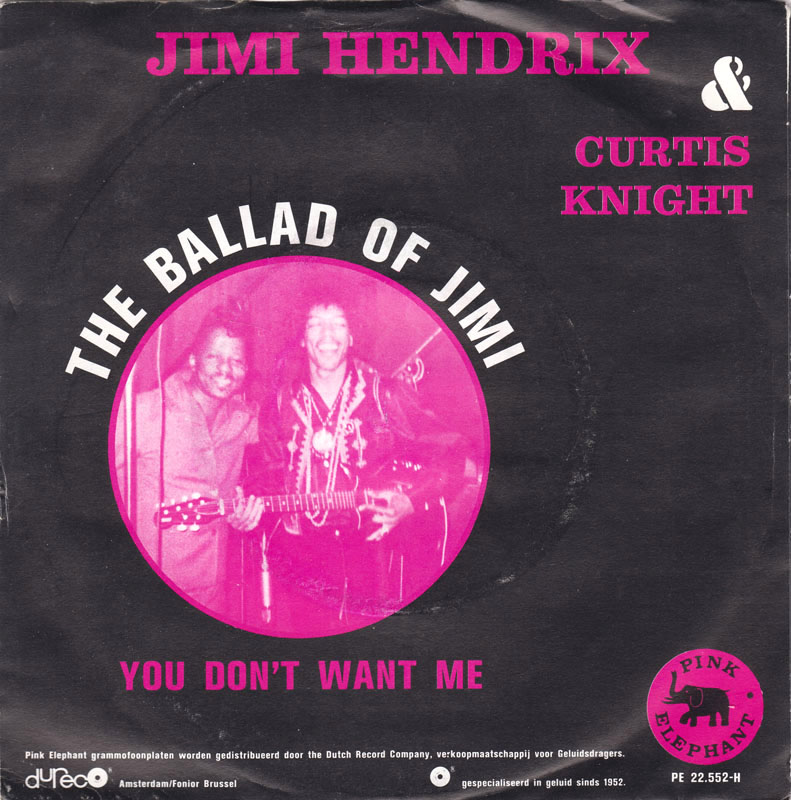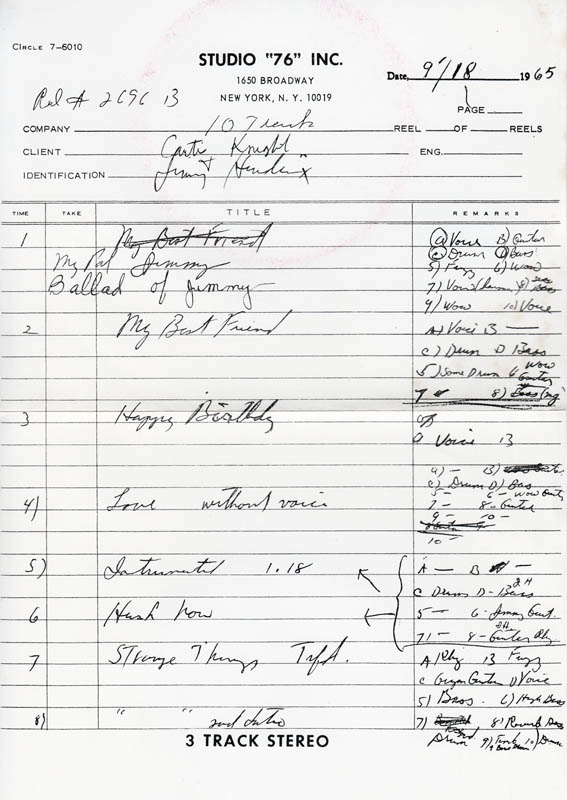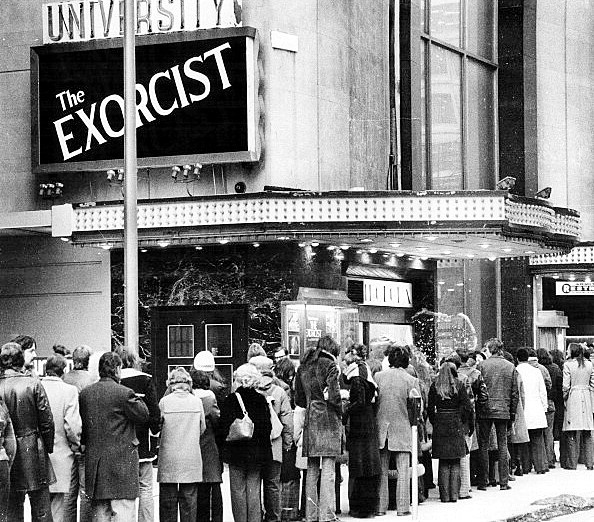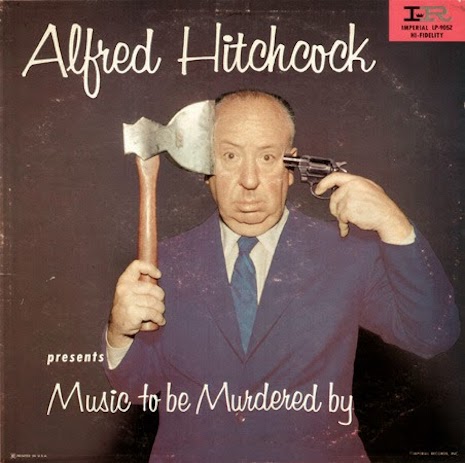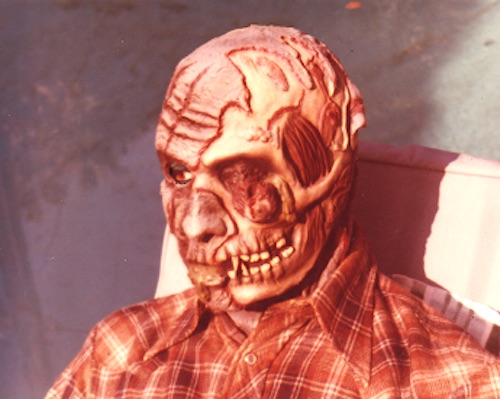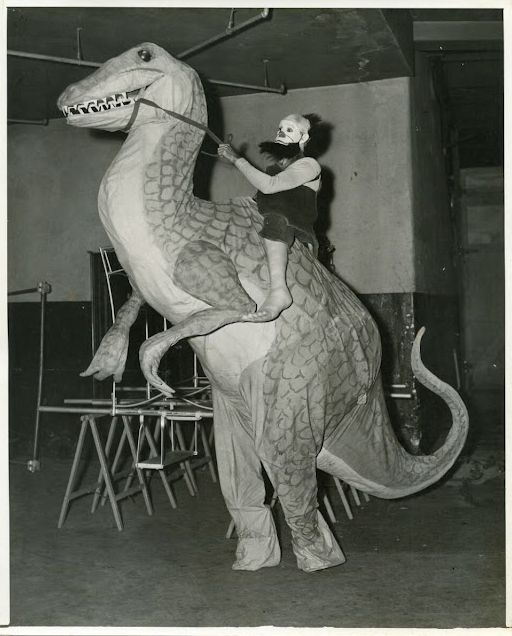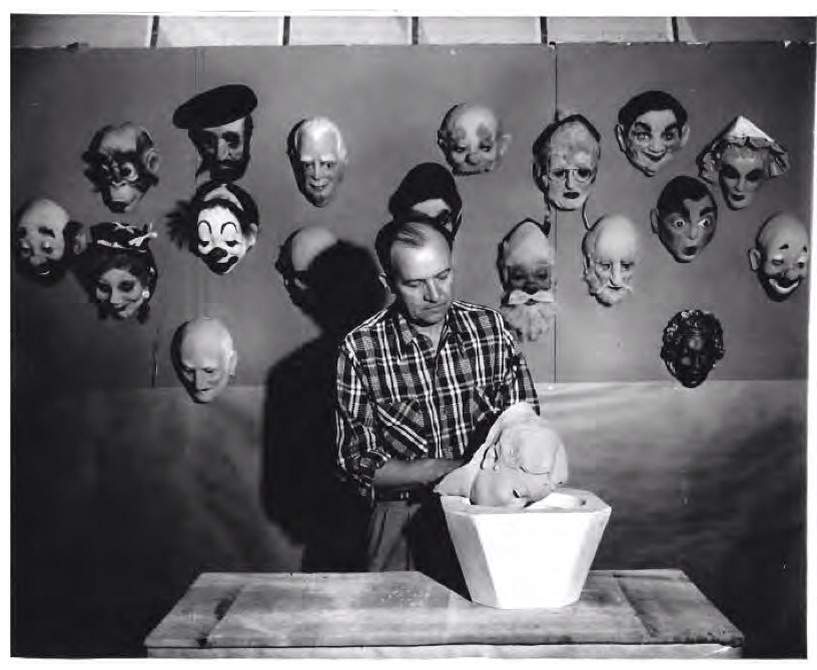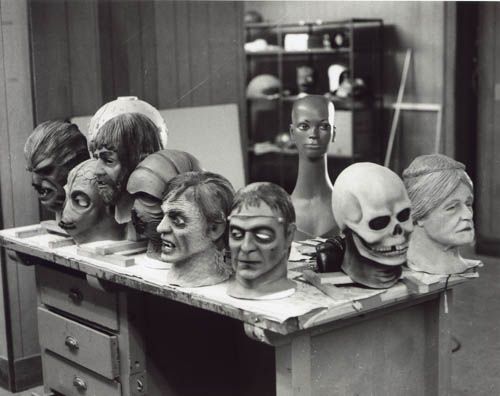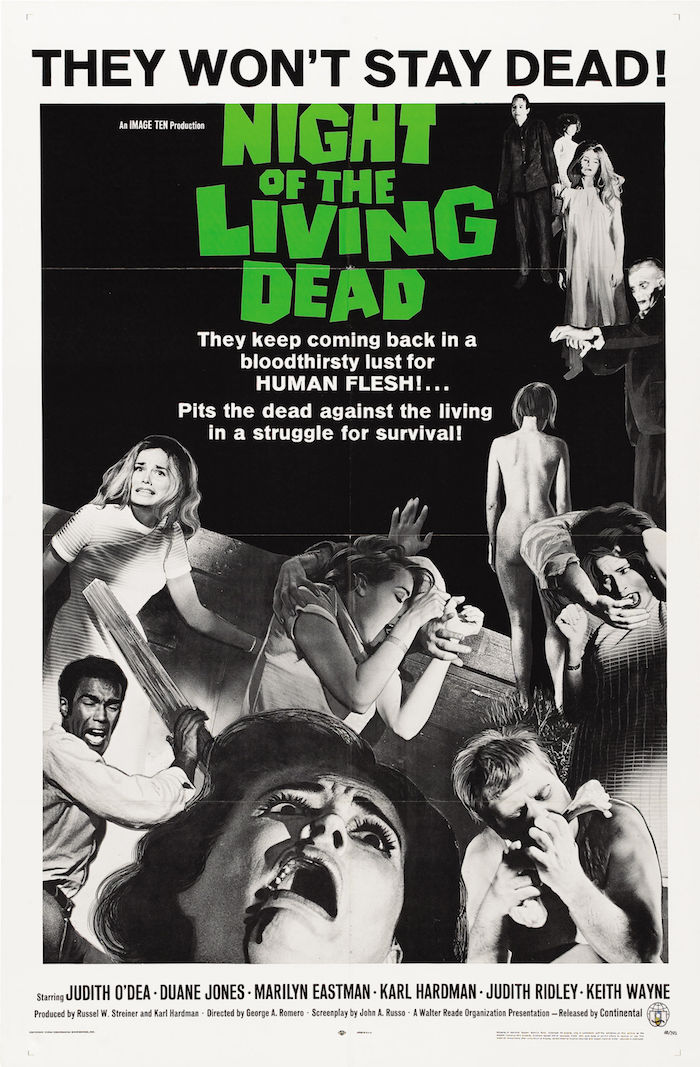
Just in time for Halloween, Waxwork Records is releasing the 50th anniversary vinyl edition of the Night of the Living Dead score, marking the first time the full soundtrack will be available in any format. As fans of the movie know, its score is highly effective, so it may surprise many of you that the music was written and recorded by composers and musicians who had no knowledge of the film.
In the foreword of a recently published book, George A. Romero, the director of Night of the Living Dead, tells readers how he came to select the music for his game-changing zombie picture.
When I made my first film, Night of the Living Dead, in 1968, I found myself with barely enough of a budget to complete the project, let alone hire a composer. The finished film played…mmm, pretty well, but something was missing. It needed music. Several friends of mine and myself had a small production company at the time, the Latent Image, which was surviving on beer commercials, industrial films, and the like. In order to make Night of the Living Dead, we partnered up with an audio production company, Hardman and Associates. (Karl Hardman ended up playing the despicable Harry Cooper in the film. Marilyn Eastman and Judith Ridley, both “Hardmanites,” ended up playing Helen Cooper and Judy. This was truly a homegrown production.)
As it turned out, Karl’s audio company had hundreds…I might say thousands (it seemed like thousands)...of records, vinyl discs that contained countless hours of music. None of it was specific to any film, but there were passages titled “Anticipation,” “Suspense,” “Sudden Shock.”
The composers of all this music had conjured the needs of low-budget filmmakers and had provided scores that could be bought for a fraction of what it might cost to hire a composer and / or an orchestra. Each “needle drop” cost a prescribed amount of money that was easily affordable. (The collection that Carl had in house was the Capitol Hi-Q library.)
All of a sudden, Night of the Living Dead inherited a score. Karl and I spent days, weeks, months listening to tracks. I pulled out musical candidates and would bring them back to my editing room to audition them against scenes from the film. Informed, I suppose, by Captain from Castile, Mockingbird, and The Quiet Man, I constructed a score that I believed to be not only cohesive but supportive of the film’s narrative. I like to think that I, with Karl’s help, pulled passages from those library tracks that served our film almost as well as if we had been able to hire a composer. (from Unusual Sounds: The Hidden History of Library Music
)
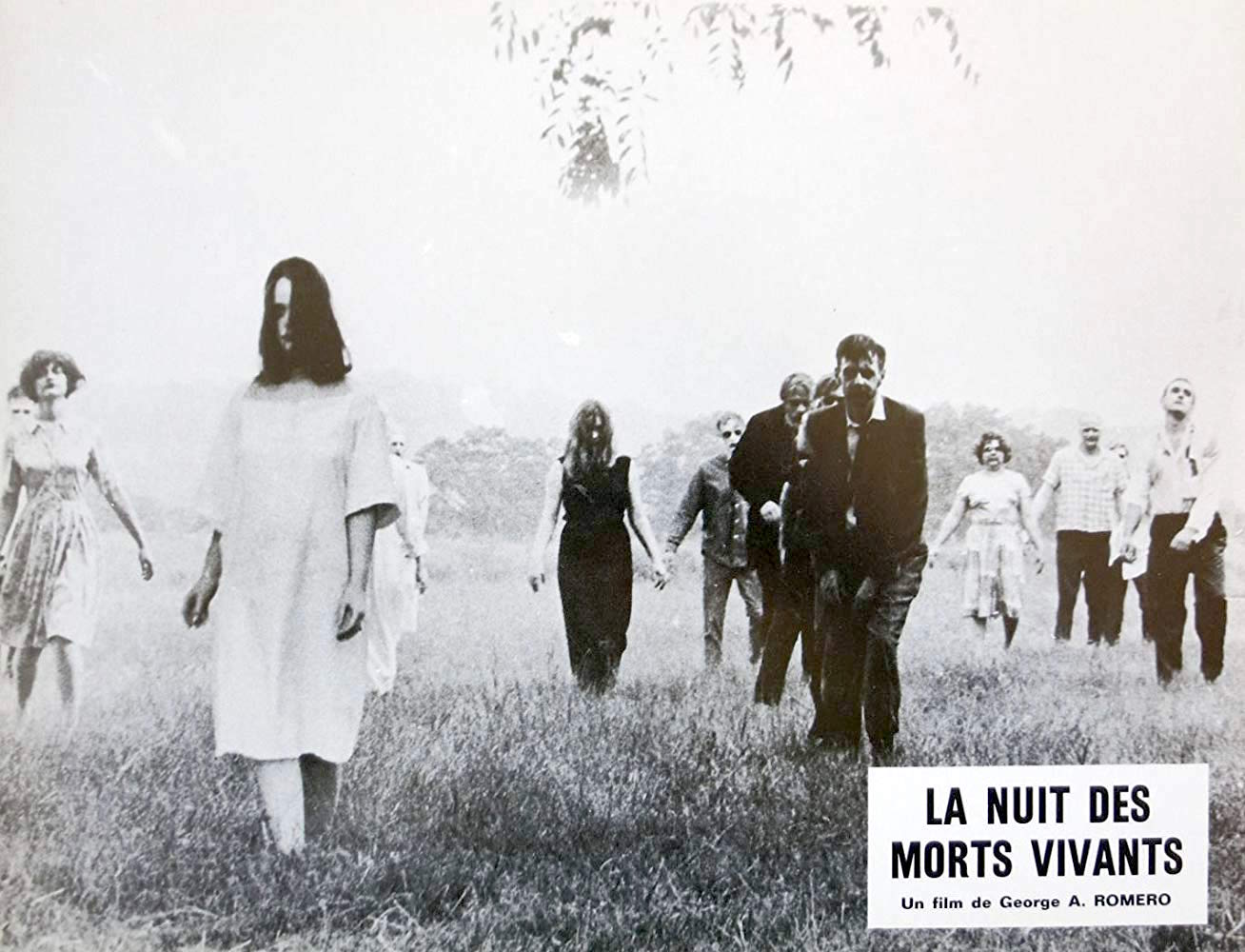
French lobby card.
Waxwork’s definitive Night of the Living Dead soundtrack is a double LP set pressed on “Ghoul Green” vinyl, which comes housed in a gatefold sleeve with new artwork. A booklet with previously unseen images is also included. Get it via Waxwork’s website.
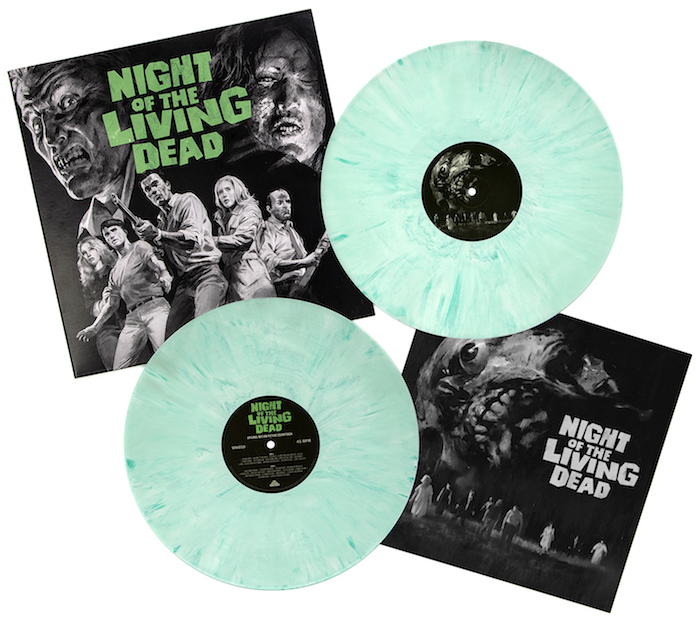
Waxwork has uploaded a handful of the tracks to their Soundcloud page:
More zombie mayhem after the jump…







